The practice of declawing cats, also known as onychectomy, has long been a subject of intense debate among veterinarians, animal rights activists, and pet owners. While some argure that it is a necessary procedure to protect furniture and human skin, others deem it a cruel and unnecessary act that compromises the welfare of the cat. This article delves into the complexities of this debate, examining both sides of the argument and the ethical, medical, and behavioral implications involved.
What is Declawing?
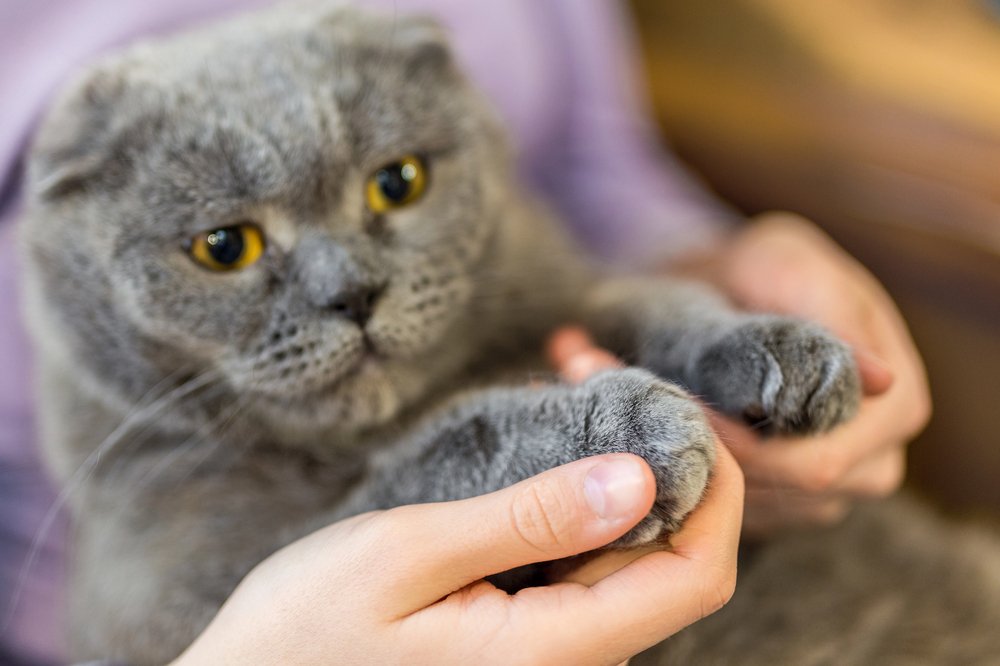
Declawing is a surgical procedure that involves the removal of a cat’s claws, often along with part of the bone to which the claw is attached. This means it’s not just the removal of the nails, like trimming a human’s fingernails, but a more intensive operation akin to amputating the tips of human fingers. In most cases, it is performed on the front paws only, since most cats don’t use their rear claws in the same way.
The Reasons Behind Declawing

Those in favor of declawing often cite the protection of furniture and personal safety as their primary motivations. Cats have a natural instinct to scratch in order to mark their territory, exercise, and keep their claws sharp. This behavior can result in damage to household items or, in worse cases, accidental injuries to humans, particularly vulnerable populations like children or the elderly.
Medical Risks and Complications
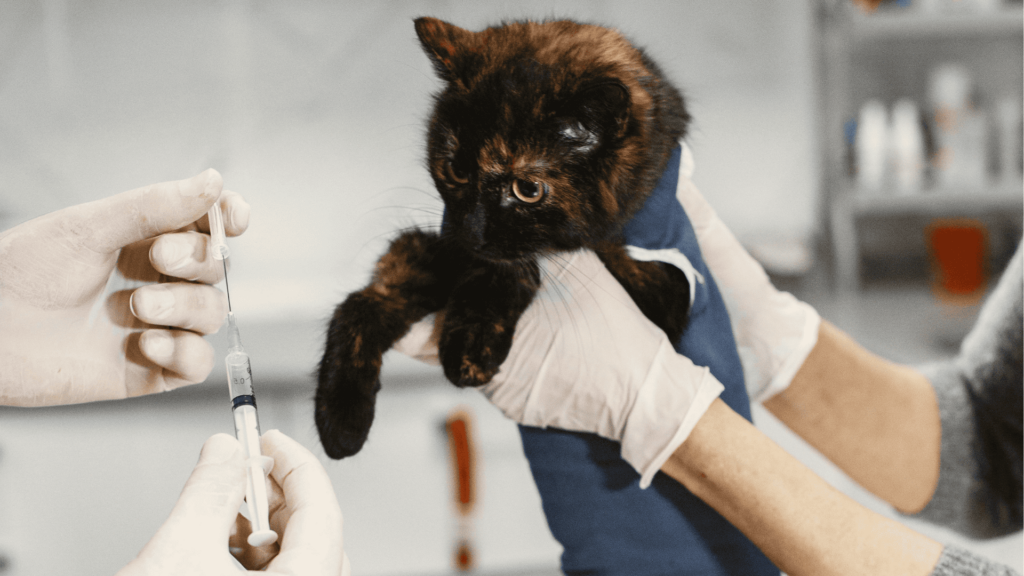
On the medical side of the debate, declawing is not a risk-free procedure. Like any surgical operation, it comes with potential complications, including infection, lameness, and long-term pain. Some cats may experience behavioral changes post-surgery, such as increased aggression or refusal to use a litter box, which could be linked to the pain or discomfort following the procedure.
Behavioral Consequences
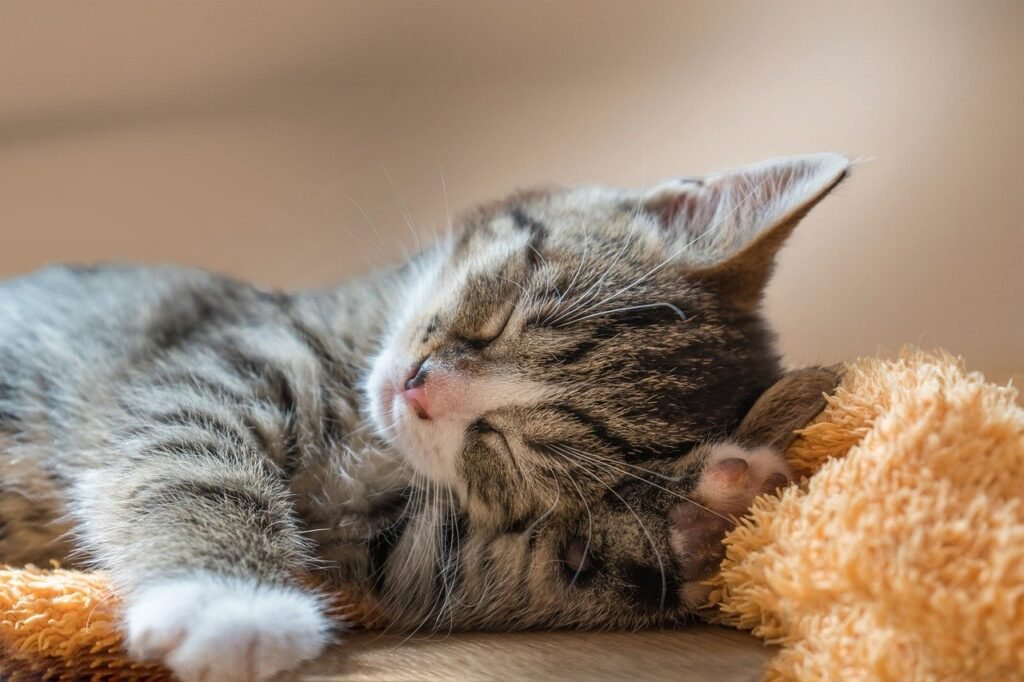
The impact of declawing on a cat’s behavior is also a concern for those opposing the procedure. Declawing removes a primary means of defense for cats, leading to an increased feeling of vulnerability. Consequently, some cats may become more anxious or aggressive. Moreover, the physical act of scratching has psychological benefits for cats, serving as a form of stress relief. Removing their capacity to scratch could lead to increased stress levels.
Arguments Against Declawing
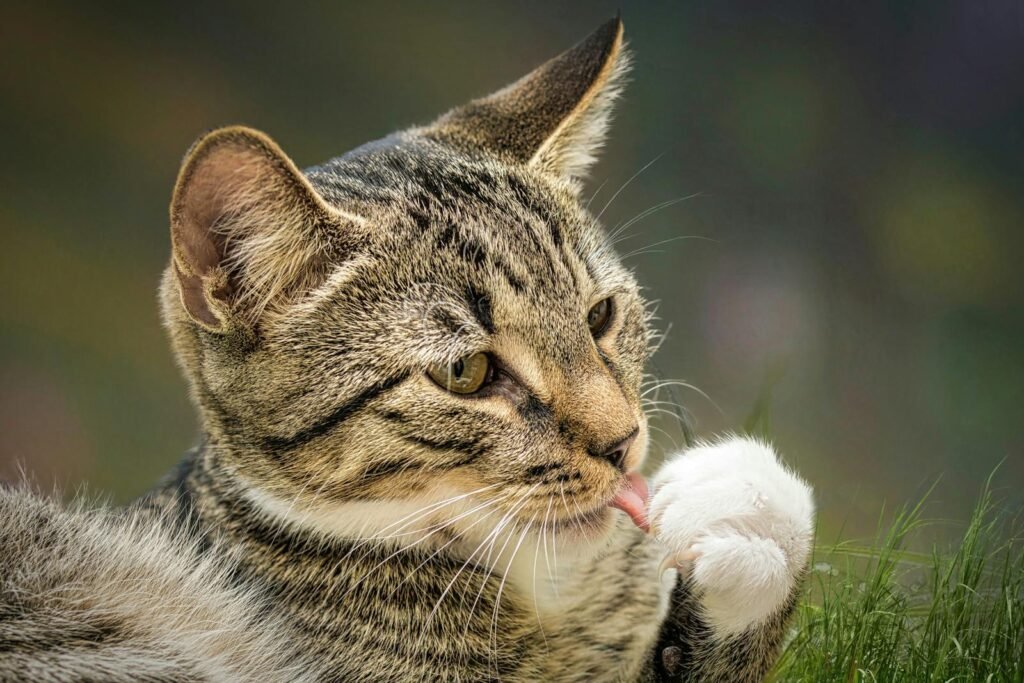
Critics argue that declawing is an unnecessary and mutilating procedure that prioritizes human convenience over the cat’s welfare. They stress the ethical responsibility owners have to provide for their pet’s natural needs and behaviors. Alternatives such as regular nail trimming, providing scratching posts, or using vinyl nail caps can mitigate damage without resorting to surgery.
Legal and Regulatory Aspects
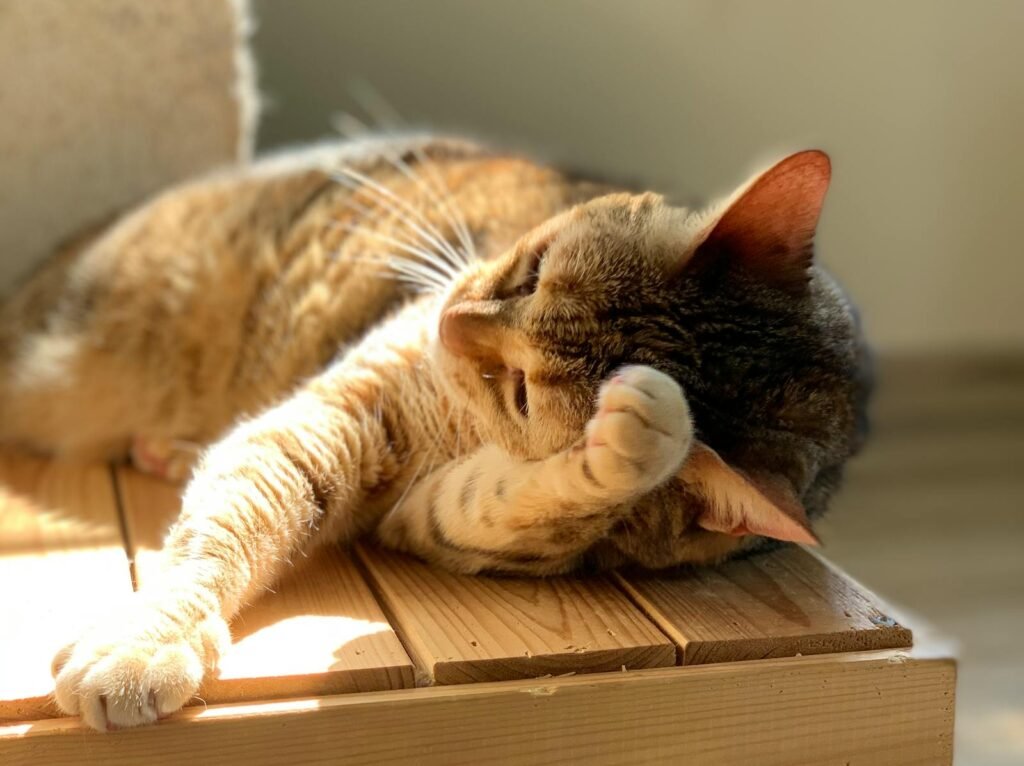
In recent years, several regions have introduced legislation to restrict or ban declawing. In the United States, cities like Los Angeles and San Francisco have imposed bans, and New York was the first state to outlaw the practice entirely in 2019. Internationally, declawing is seen as inhumane in many countries, including the UK, Australia, and much of Europe, where it is banned except in cases of medical necessity.
Professional Opinions and Guidelines
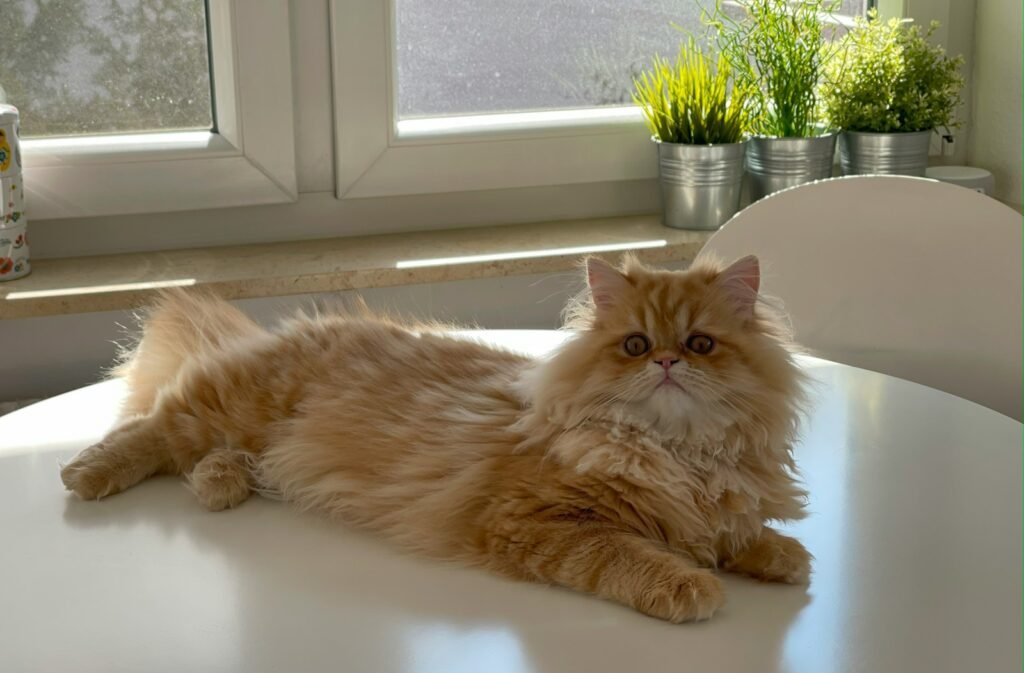
Many veterinary associations and professionals have taken a stand against elective declawing. The American Veterinary Medical Association (AVMA), for instance, urges veterinarians to educate clients about the procedure and suggests alternatives before considering declawing. Likewise, other professional bodies promote guidelines to discourage declawing practices.
Exploring Alternatives to Declawing
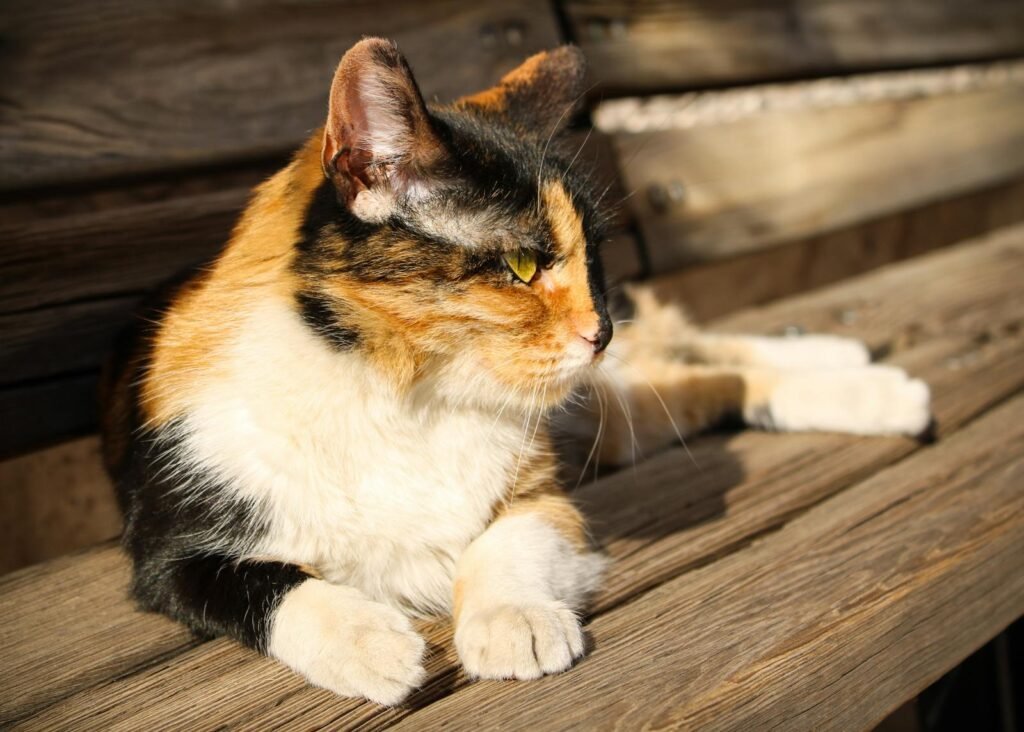
For those concerned about scratching, numerous alternatives to declawing exist. Providing sufficient scratching posts, using deterrent sprays on furniture, offering nail caps, or routinely trimming the cat’s nails can help manage unwanted scratching behaviors. Positive reinforcement training can also redirect a cat’s scratching behavior to more suitable outlets.
The Future of the Debate
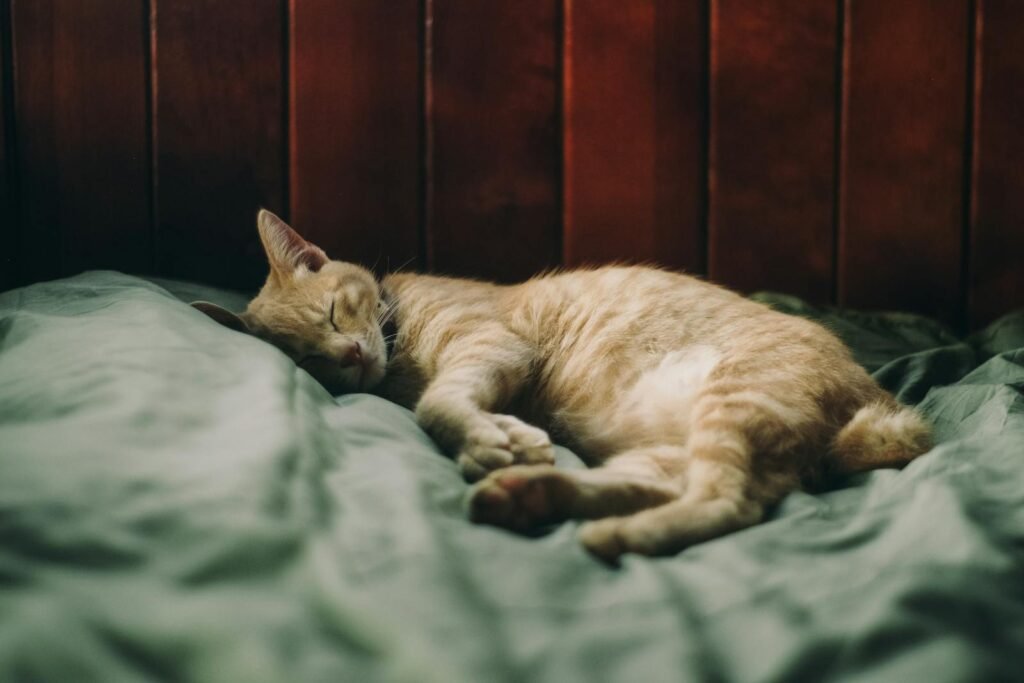
As awareness increases and laws evolve, the debate over cat declawing is likely to continue. Ongoing research and education play crucial roles in informing public opinion and influencing legal standards. Ultimately, the objective is to achieve a balance that considers both the needs of cats and the lifestyle requirements of their human companions.
Weighing Necessity Against Welfare

The debate over whether declawing is necessary or cruel involves multiple facets—from ethical and medical considerations to legal and behavioral aspects. While some find it a necessary solution, the growing consensus leans towards viewing it as a last resort, urging pet owners to explore humane alternatives. Prioritizing the welfare of cats while accommodating human needs remains a pivotal aspect of this ongoing discussion.

Growing up traveling and experiencing new cultures and wonders, I have had a passion for nature, adventuring, photography, and videography. I am currently working towards a BSc in Biodiversity and Ecology at Stellenbosch University, and I hope to specialise in Marine Sciences one day.
Please send any feedback to Feedback@animalsaroundtheglobe.com






